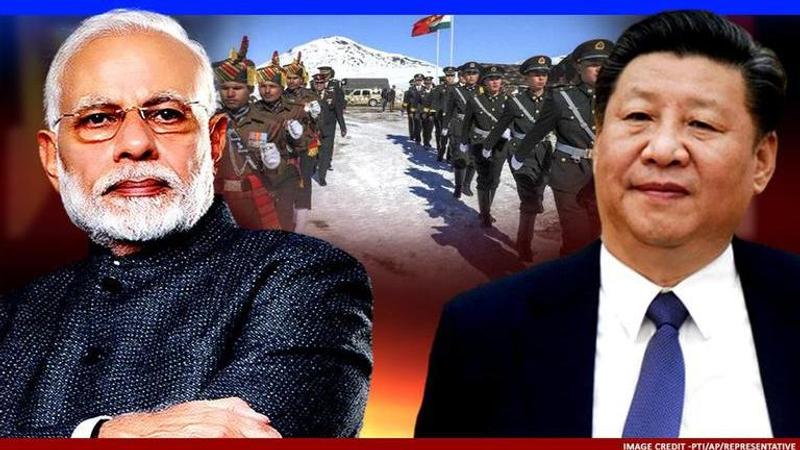Published 08:22 IST, June 20th 2020
Galwan Valley face-off: 5 reasons why China shouldn't underestimate India's strength
Galwan Valley showed China India won't back down & if it ever comes down to war since much of it will be fought in the air, India has the upper edge, here's why

The Galwan Valley standoff between India and China once again opens old wounds as it highlights the problematic relationship both countries share in the region. The border clash which led to the death of 20 Indian soldiers on Monday, June 15, and over 43 from the Chinese side according to ANI, is another reason to revisit the complex war dynamics.
While China appears stronger with better technology and more investments into defence, India undoubtedly has the edge when it comes to experience in cross-border wars as well as the high-terrain battlefield.
India-China conflict:
Overview of the war machines:
India and China went to war in 1962 over the same Himalayan region, however, the month-long combat ended in a military victory for Beijing declaring a "ceasefire" only after gaining de facto control over Aksai Chin - an area still partly occupied by Chinese forces claiming it is a part of their territory.
How both Armies compare in strength:
China is the larger spender between the two with over $266 billion in 2019, according to a report released by China Power - a Stockholm based think tank. India, in its capacity, spends a little over $70 billion and has the third-largest defence budget in the world after the United States and China.
According to International Institute for Strategic Studies (IISS), India has the largest hand as combined with an active, reserve and paramilitary forces, it has over 50 lakh personnel, whereas China has a little over 32 lakh personnel. According to experts as well as a study conducted by Harvard Kennedy School's Belfer Centre for Science and International Affairs, the Indian Air Force's pride Mirage 2000 and Sukhoi Su-30 jets give it a superior edge over the more archaic J-10 and Su-27 that China possesses. It is worth noting that India's fleet comprises all-weather, multi-role aircraft whereas China does not have a similar mark of strength or capability.
Experience in warfare:
India is battle-hardened owing to its ongoing conflicts with Pakistan spanning decades and is much more experienced fighting skirmishes and wars in the terrain, however, China has not witnessed active combat since the Vietnam War in 1979. India also has a slight edge over China when it comes to high altitude air bases as it has focused on better infrastructure and communications system.
The Belfer study reports that while both countries have airbases along the border, China's is not as dynamic as India's and due to poor geographical and weather conditions in neighbouring Xinjiang and Tibet, aircraft can only fly with half payload and fuel as they will have to rely on civilian airfields.
Nuclear powers:
As a principle, No first use (NFU) is a doctrine nuclear powers have taken to avoid engaging in chemical and biological warfare with anyone unless provoked. China signed the policy in 1964 and India adopted in 2003.
NFU and superior air and ground advantage
While China and India are both nuclear powers, China appears stronger when it comes to technology and amassing new weapons for its ground infantry. Given that its economy and defence spending is as many 4 times larger, their nuclear arsenal and warheads are superior. However, both countries have ascribed to a "no first use" policy and considering both countries have maintained a triad of delivery systems, it is unlikely either one will reach for these warheads as it spells certain doom. The nuclear aggressor will also risk being ostracised by the world undoubtedly.
Allies and friends:
US intelligence and a generally larger circle of friends and allies could serve as another added advantage to India and will help gain better ground in the war. China is fast losing friends ever since it took on its ideological partner Vietnam, and Australia and US for its role in the spread of COVID-19, further damaging its reputation globally.
Owing to the geographical constraints, much of the battle will be fought in the air and this is where India's superior planes and experience will factor greatly. And if it ever comes down to it, India has a good chance to win an air war with China, simply because the former don’t face a potential "second front" as it doesn't have to cross the border and navigate through Tibet or elsewhere to reach battleground.
Updated 08:22 IST, June 20th 2020




